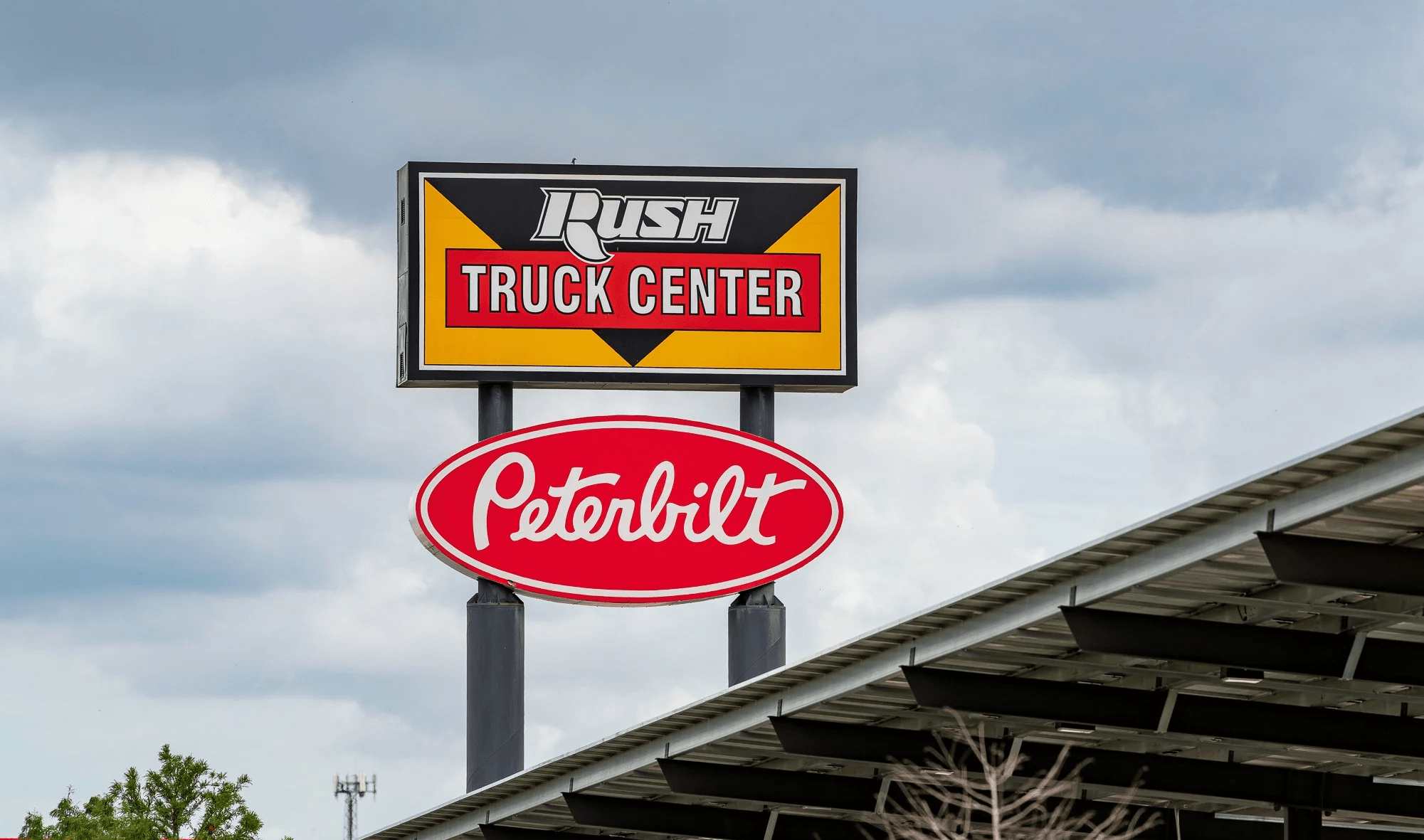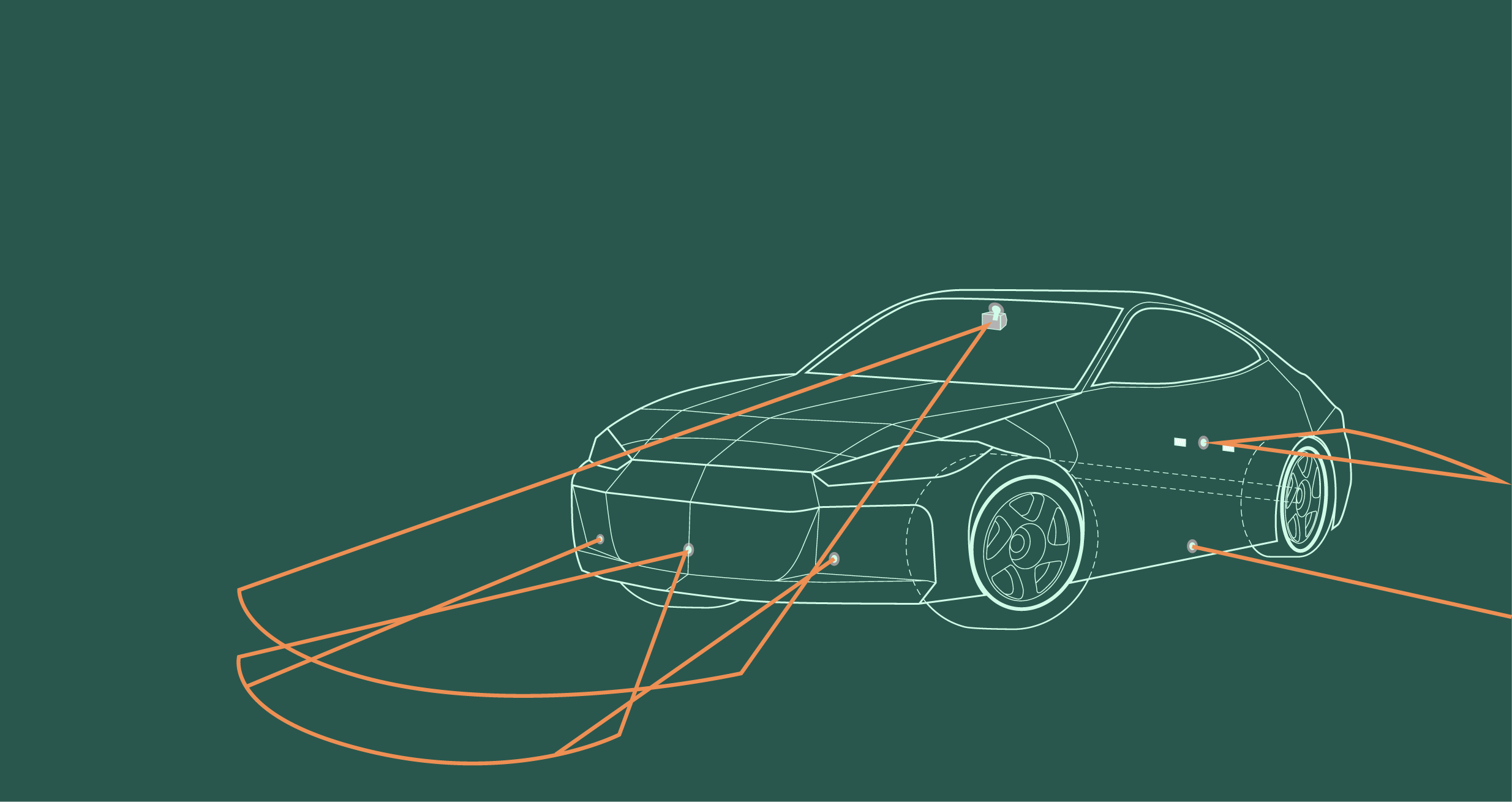In a world of pressing climate change, growing customer expectations, and evolving geopolitical order, the automotive industry is leveraging the power of technologies focused on a digital-first, customer-centric approach to drive innovations that will have a profound impact on the world as we know it.
From social and ecological impacts to supply chain and health outcomes, automotive is on the strategic path to contribute to the global economy, Net Zero goals, and the creation of value for the miles to come.
To help you understand the growing impact of the automotive industry, we talked with some of our experts to hear their thoughts on why automotive is one of the greatest engines of economic growth globally.
Disruption in automotive retail
As customer expectations are evolving, dealers must also reshape their automotive retail strategies to get ahead of the curve. New mobility offerings, such as electrification and vehicle connectivity, are transforming the way consumers purchase their vehicles, encouraging them to move from traditional offline purchasing to online sales models.
According to a recent survey, 70% of respondents consider the presence of a physical car as the main reason for a visit to a dealership. On the other hand, 72% of respondents feel they don’t have to finance the car in person, and more than 55% of respondents agree that they would rather sign and pay for the car digitally.
Interestingly, offline touchpoints still represent key parts of the car-buying journey.
Instead of operating in separate lanes, both online and offline automotive sellers should work together to provide a “bricks and clicks” experience. It’s a win-win scenario.
To reach success, dealers and OEMs will have to focus their efforts on distinguishing themselves on the market through different tools, from customizing vehicles to creating frictionless omnichannel experiences. Also, a special emphasis should be put on data security.
With the traditional automotive-retail model so severely under pressure at present, they need to be aware of the changing customer preferences and technological megatrends affecting the automotive-retail space to stay ahead of disruptive changes. Aleksandar Marin, Engineering and Delivery Manager with extensive experience in helping retail companies digitize, explains:

Configuring your car exactly according to your needs and using VR to instantly see results is a far better experience than seeing only specific available trim at the dealership. As financing and registration services are already available online, and a test drive can be arranged to pick you up at home, the actual hassle of going to the dealership may be the reason why a customer chooses competition. Take Tesla cars, for example. They sell cars exclusively online, which validates this model. Also, Amazon’s no-physical-storefront model allows significant cost savings of not having dealerships, but cheap-to-operate distribution centers.
– Aleksandar Marin
Engineering and Delivery Manager at HTEC Group
Learn more about how we help new companies herald a new era of retail and eCommerce here.
Autonomous and electric vehicles will be a game-changer for healthcare
From increasing access to care for underserved populations to automating emergency vehicles for improved response time, advancements in autonomous vehicle technology and electrification have the potential to revolutionize healthcare.
Here are a few key values this brings:
Increased access to care
Autonomous vehicles can easily transport the elderly and underserved population from medical appointments to their homes, regardless of their physical ability. On top of this, medical providers can easily reach those in need by using autonomous vehicles to transport medical equipment and supplies.
More efficient supply chain
With the ability to transport medical supplies to hospitals and medical institutions, there will be no need for intermediaries. This, in turn, will streamline the efficiency of supply chain management, reduce the possibility of human errors, and enable real-time monitoring and tracking of supplies.
Automation of emergency vehicles
Autonomous driving will greatly impact emergency vehicles. They will be able to maneuver traffic and may not need traditional features like a steering wheel in the future, which will provide more space for additional life-saving equipment.
Also, increased EV adoption will lead to improved air quality, a decrease in lung and cardiovascular issues, and fewer hospital visits overall. Based on the Guardian article outlining an analysis by the American Lung Association, new zero-emission cars and trucks in the US would lead to 2.8m fewer asthma attacks, 110,000 fewer deaths, and prevent 13.4m sick days by 2050.
Finally, the pandemic pushed OEMs to consider health, wellness, and well-being (HWW) as a high priority on their agendas. For instance, air filter systems on Tesla’s Model X vehicles can help occupants survive a military-grade bio attack, and Jaguar Land Rover has been working on advanced ultra-ray technology that eliminates germs before they enter the vehicle. HWW features may be the key element in contributing to automakers’ vision of a zero-accident future.
However, developing these features cannot be a solo endeavor for the automotive industry.
We caught up with our expert Danijela Nestorović, asking what players in both industries should do to enhance the existing features.

Some of the steps both industries should take include:
- Develop and implement new technologies that enhance remote patient monitoring and telemedicine.
- Conduct an in-depth market and user research to better understand the benefits and challenges of using autonomous and electric vehicles in healthcare.
- Build partnerships between automotive and healthcare companies to enable the development of new technologies.
- Work on policies that support the adoption of autonomous and electric vehicles in healthcare (e.g., tax incentives and improved infrastructure).
– Danijela Nestorović
Principal Product Manager at HTEC Group
Learn more about how we help new medical institutions shape the future of the health ecosystem here.
Gearing up into sustainability’s fast lane
According to one report, 86 million cars sold in 2018 accounted for 9% of global greenhouse gas emissions. This and the global awareness of the growing momentum toward sustainable practices are refocusing automakers’ attention on a new approach to manufacturing processes.
The increasing number of OEMs are shifting their gears and leading the way toward achieving sustainability goals. As a matter of fact, based on recent studies, manufacturing executives outshine other industries in terms of sustainable change. For instance, Volkswagen is building an entirely new plant for making electric vehicles.
The main factors that drive this tectonic shift are government interventions, key trends, and evolving customer expectations.
The European Green Deal and the Paris Agreement are putting pressure on automotive companies to build more sustainable solutions to meet Net Zero goals. Moreover, the European Commission proposes a 100% cut in carbon emissions by 2035, meaning that selling fossil-fuel powered vehicles will not be an option in the European Union. These incentives and regulations are encouraging OEMs to start producing more EVs.
Next, the use of advanced technologies, connected vehicles, and car-sharing programs is driving innovative changes, reducing energy consumption, and creating more sustainable measures.
Finally, consumers and employees are now becoming more tech-savvy and eco-conscious, which puts even more pressure on automotive companies to implement new intuitive technologies and look for alternative fuel models such as EVs.
To be able to contribute to a greener future, manufacturers will have to rethink the way they operate, from reevaluating design and engineering stages in the manufacturing and shipping process to reconsidering how they deal with the end of the product life cycle.
We asked our expert Marija Rakić about the role of partnerships and collaboration in improving a car’s carbon footprint and accelerating to Net-Zero goals.

In order to achieve sustainable solutions, automotive companies will need collaboration on a system-wide basis; this means all players across the supply chain understand the barriers to producing net zero carbon materials and work together in each phase of execution.
Building meaningful partnerships and relationships with multi-stakeholder groups across the whole chain will enable companies to achieve zero carbon in mobility. In other words, automotive companies should collaborate with digital and energy companies and work on financial models in order to achieve sustainable goals set by the European Commission and the Paris Agreement. Here at HTEC Group, we play the part of a digital company that enables our automotive partners to achieve their green goals through consultancy services as well as solution delivery.
– Marija Rakić
Principal Product Designer at HTEC Group
Learn more about how we help companies create a greener future for everyone here.
Telecoms will connect the future of mobility
With smart devices, connected cars, and autonomous vehicles underway, the mobility landscape is offering telecom companies an integral role and enormous value — but only if they understand the opportunities that lie ahead and accelerate their efforts to seize them.
Enhancing the customer experience
In-vehicle applications such as music streaming, media, and information services could demand larger exabytes of data. Also, demand for personalized and on-the-go content will continue to grow, not only in volume but also in content types powered by technologies like augmented and virtual reality.
Revenue gained from cars with advanced infotainment systems will expand exponentially, freeing people from responsibilities on the road. Telecom companies can champion their efforts toward creating open platforms that can work across different devices, support various types of content, and play a key role in supporting integration across mobility solutions. This, in turn, will allow them to monetize this value and get paid by every press of the button.
Managing mobility
With shared mobility gaining momentum globally, trusted mobility advisors will have to help passengers get from one place to another through route planning, payments, and electronic ticketing. This would require providing a comprehensive real-time picture of passenger demands across modes and updating routes in transit to manage journeys more effectively. Telecoms can leverage these opportunities to make the mobility offerings more personalized at every stage of the journey and support end-to-end mobility-as-a-service solutions.
Unique connectivity solutions
With an increasing number of vehicles getting connected to network infrastructure, many functions and operations in the vehicle will have to be controlled remotely. This will lead to the expansion of wireless connectivity requirements to enable new functionalities and over-the-air software updates. Additionally, the vehicles will start generating large amounts of data that would need to be offloaded, and most of it would be shared via WiFi powered by 5G. This would allow telecoms to penetrate vehicle operations and create new revenue streams by providing a unique set of attributes like high reliability, high bandwidth, low latency, and strong data security.
To capitalize on this new mobility ecosystem, telecom companies must provide advanced mobility experiences by combining their core communication capabilities with vehicular technologies and real-time wireless carriers. Aldin Selimović, who has been working on helping telcos bridge the gap between physical and digital, adds,

Telecom companies need to develop a full range of capabilities to support higher speeds, better interoperability, lower latency, and invest heavily into building high-speed, next-generation broadband infrastructure. Expected exponential growth in data traffic could exert significant pressure for higher bandwidth as estimates vastly exceed most industry projections and current capacities. They should also focus on network security as in-vehicle systems get increasingly exposed to security threats.
– Aldin Selimović
Engineering and Delivery Manager at HTEC Group
Learn more about how we help telcos lead agile change here.
Transportation and logistics companies’ approach to last-mile delivery will change
The demand for last-mile delivery, one of the costliest and most polluting stages in the supply chain, increased during the pandemic and coincided with the two major shifts transforming the automotive:
- Electric revolution
- Connected vehicles
These changes impacted shipping and logistics companies’ approach to last-mile delivery as well. The adoption of BEVs and ZEVs for fleet and last-mile delivery vehicles is gaining momentum. Amazon already started using 100,000 electric vans announced in 2020, and WalMart and DHL also placed large orders for electric vans.
The rise of vehicle connectivity can improve fleet efficiency. The advancements in telematics allow for more precise and near-instantaneous feedback on a variety of vehicle metrics. Besides route optimization, telematics can provide insights into vehicle fuel level and usage, driver behavior, and vehicle health. This would allow controllers to direct drivers to take different routes or prioritize certain stops.
In addition, the adoption of ZEVs can significantly cut costs, lowering per mile/per delivery capital cost. Plus, this leads to reduced maintenance, as these trucks don’t require oil changes, engine filters, and coolant. But there is so much more to be done to establish the future of ZE infrastructure. Both the private and the public sectors could contribute to this endeavor, with the private sector being focused on product development and operations.
As commodity producers’ freight volumes grow, their technology requirements are likely to evolve toward more sustainable and efficient transportation solutions. Marko Manić, Engineering and Delivery Manager focusing on building sustainable transportation solutions, continues,

This may include adopting advanced transportation management systems, leveraging real-time visibility and analytics, implementing automation, and embracing eco-friendly practices to meet the increased demand for product transport while minimizing environmental impact. Commodity producers may also shift towards cloud-based technologies to meet their transportation management needs. It may also include compliance tracking functionalities to ensure cohesion with transportation regulations.
– Marko Manić
Engineering and Delivery Manager at HTEC Group
Learn more about how we help fuel the digital reinvention of transport and logistics here.
Create business value through automotive
The business landscape is rapidly shifting, and mobility providers have a strategic role in tomorrow’s value chain.
It’s time to buckle up—you don’t know what’s hiding on the next curve. Explore how we can help you detangle the complexities and capitalize on the growing opportunities of automotive here or reach out to us to get more details.














